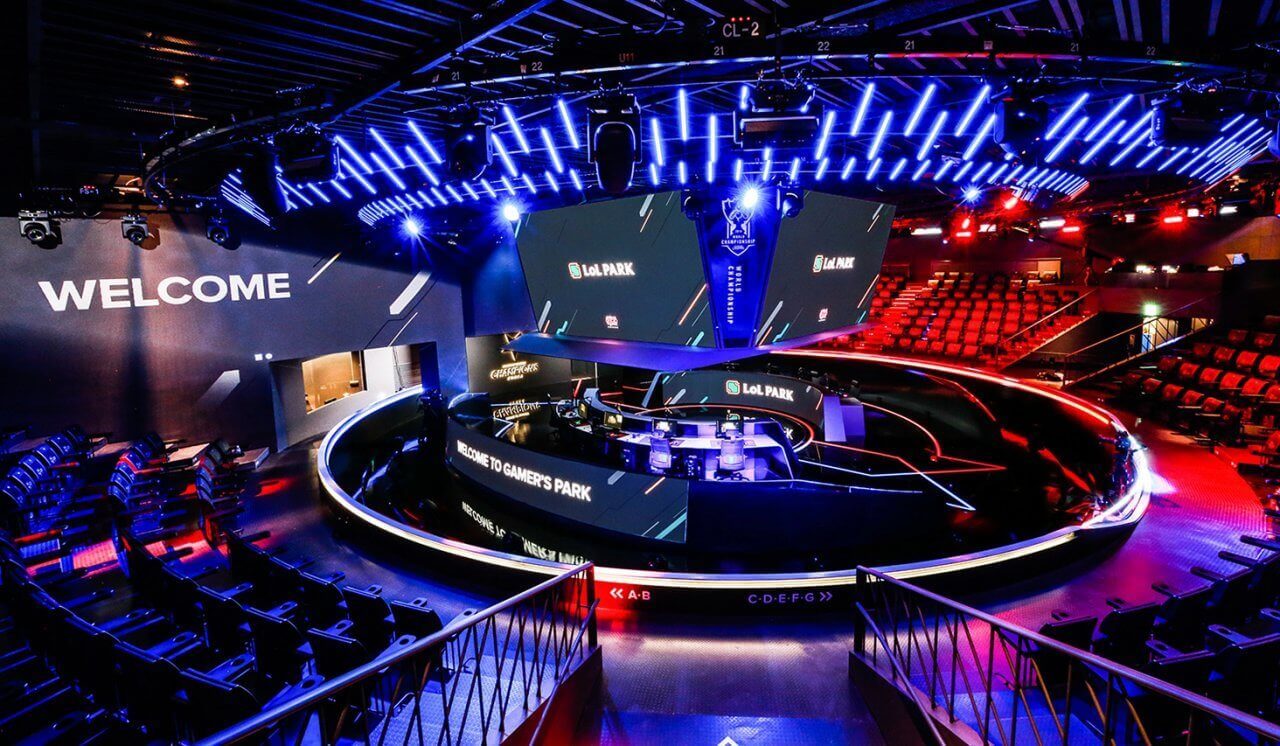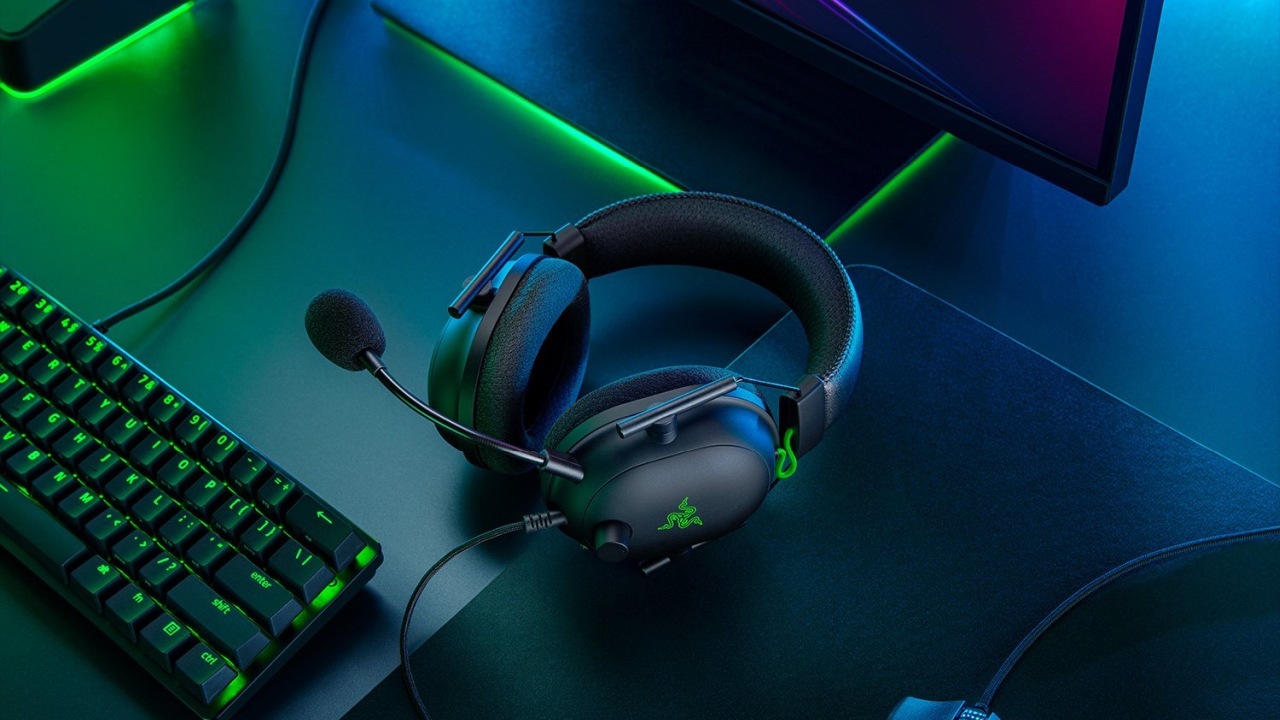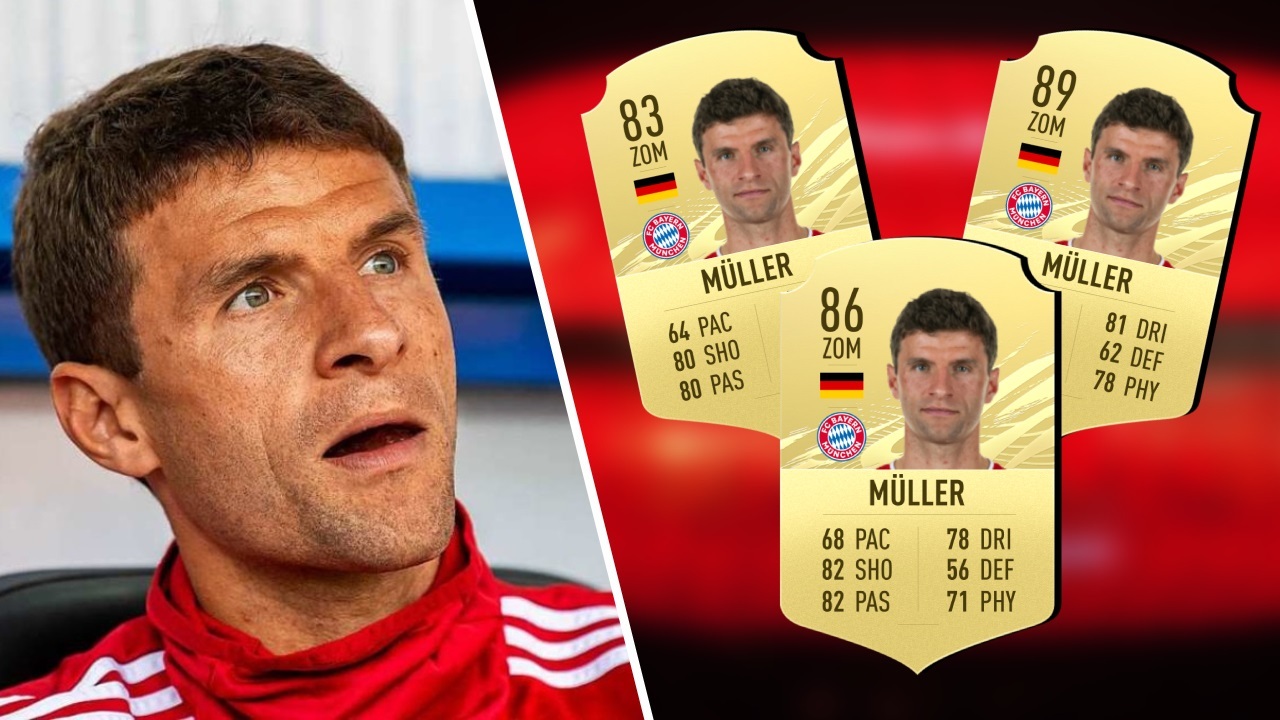The FIFA ratings are a topic of discussion every year. This is also the case with the new EA Sports FC 24, which replaces FIFA 24 from EA. The publisher is always criticized when certain stars are rated too good or too bad. But how are the ratings determined?

Football fans love to discuss the FIFA ratings of their favorite players. This year, the main topic of discussion will be the pace stats on many of the Gold Cards, but every year there are also a few question marks over the overall rating (OVR) of the players.Thomas Müller, for example, is a prime example of a player whose OVR that is a little strange. The Bayern Munich poster boy has not had stats such as Pace or Shooting above 85 for years – and yet he had an OVR of 87 in FIFA 22 and 23.The FIFA and EA FC ratings are made up of many factors. We explain in detail how a player gets his OVR.
- Read more: FIFA 22 Top 100 Rating Prediction
FIFA Ratings Explained: How Does A Player Get His OVR In EA FC 24?
The OVR (Overall) is made up of all the player's ingame stats. In addition, the position plays a decisive role – but it should be clear that a Lewandowski as a central defender does not have a good rating. The stats on the FUT card do not play a role in the final OVR! But to understand, we need to go into detail.
FIFA Ratings: More than 17,000 players in the game
There are more than 30 leagues, more than 700 clubs and more than 19,000 players each year. And every single one of these players has to be scouted in order to get fair stats.Even players who have been promoted to the third tier (or even lower, if you look at England) have to be watched in order to determine the player's pace, dribbling and passing ability. Of course, this can only be done with an extensive scouting team.The OVR (Overall Rating) is made up of all the player's in-game stats – and certain other factors.The position of the player os also important, but it should be clear that a Robert Lewandowski playing in your defense will not have a good rating. However, the stats on the FUT card do not play a role in the final OVR! To understand why this is the case, we need to look at the details.
EA Scouts Are Watching The Entire World Of Football
It takes a lot of resources for EA to put together a decent scouting team. We wouldn't mind if EA increased the size of the team to ensure better ratings, because every year there are those few exceptional players who simply weren't rated well by the Canadian development team. This is less of an issue in Career Mode, where hidden gems and talents can still be adjusted. But if a player gets a bad FUT card, he will be stuck with it for the current season.
The FIFA scouting team consists of around 30 producers and more than 400 freelancers who scout players for EA. In addition, there are more than 6,000 data reviewers who support the team with their assessments and tips. These data reviewers are not employed (or paid) by EA, but come from the community.Head of Data Collection, Michael Müller-Möhring, told ESPN:We have many leagues in the game; no stats provider could offer us data for all these leagues, teams and players [...]. This is also the reason why we use our own database, because it's not possible to buy this data some way – it just doesn't exist.
Through its scouts, EA has created a unique database that allows them to evaluate all the different leagues and players as objectively as possible. But how does a Müller get his high rating without the individual stats to back it up?
How FIFA Ratings Are Created
The FIFA ratings do NOT only consist of the six stats of the classic FUT card, i.e. pace, shooting, passing, dribbling, defending and physicality. These are just the upper categories for many other attributes.In total, there are 35 stats that go into the OVR. There are different coefficients for each position.For a defender, attributes such as tackling, header accuracy and interception will have a higher value in the coefficient than finishing or dribbling. In total, all coefficients add up to 1. To illustrate this, we have created a table using Virgil van Dijk's rating from FIFA 20 as an example.
Stat | CB Coefficient | Van Dijk | CB Overall |
| Standing Tackle | 0,15 | 92 | 13,8 |
| Sliding Tackle | 0,15 | 86 | 12,9 |
| Defensive Awareness | 0.15 | 91 | 13,65 |
| Heading Accuracy | 0,1 | 86 | 12,9 |
| Aggression | 0,08 | 82 | 6,56 |
| Strength | 0,1 | 92 | 9,2 |
| Interceptions | 0,08 | 90 | 7,2 |
| Short Passing | 0,05 | 79 | 3,95 |
| Ball Control | 0,05 | 76 | 3,8 |
| Reactions | 0,05 | 88 | 4,4 |
| Jumping | 0,04 | 90 | 3,6 |
| TOTAL | 1 | 952 | 87,66 |
In this case, the overall score resulting from all the different factors was 87.66 for VVD. This number is rounded up or down, so the result here is an OVR of 88. However, the Dutch actually got an OVR of 90.
This is the result of international reputation, which is rated with stars. You may have seen this on Futbin or other websites and wondered what it is (Intl. Rep.)International reputation is rated from 1 to 5 stars. Players with 1 or 2 stars will not receive an OVR boost. From a rating of 51, a player will get +1 OVR if they have 3 stars in that category.Four-star players receive +1 OVR between 36 and 66 OVR, and +2 OVR between 67 and 99 OVR. Five-star players get an increase of +1 OVR from 24-49, +2 OVR from 50-74 and +3 OVR from 75-99. Van Dijk had four stars (+2 OVR) in FIFA 20. So in our example, Van Dijk has an OVR of 88 + 2 OVR, giving him a final OVR of 90.To summarize: EA, together with the data reviewers, evaluate the individual attributes of the players, which are given a coefficient depending on the position and added together. International reputation is added to this number – and that's how you get a FIFA rating. Müller's high attributes in key stats such as positiong (94), reaction (94) and four stars for international reputation have served him well so far.





























